Rectal Fistula Removal
Severe pain, bleeding, and pus discharge are just some of the symptoms that significantly reduce quality of life associated with a condition such as a rectal fistula. This condition requires the help of a qualified physician who will thoroughly examine the patient, prescribe diagnostic procedures, and perform surgery, as drug therapy for fistulas is ineffective.

specialists

equipment

treatment
Symptoms of a rectal fistula
Typical manifestations of fistula lesions around the anus include:
- Anal discharge
- Pain and swelling
- Bleeding
- Skin irritation and visible external fistula openings
Symptoms vary from patient to patient and may include abdominal discomfort, weight loss, and changes in bowel habits.
Understanding the entire clinical picture and taking a detailed medical history is key to accurately assessing the severity of the disease and choosing the optimal treatment strategy.

The doctor pays special attention to key details in the patient's medical history that indicate the severity of the fistula. These include:
- Inflammatory bowel disease
- Inflammation of colon diverticula
- Having undergone radiation therapy for prostate or rectal tumors
- Tuberculosis infection
- Having undergone hormonal therapy
- HIV
Classification and stages of development of rectal fistula
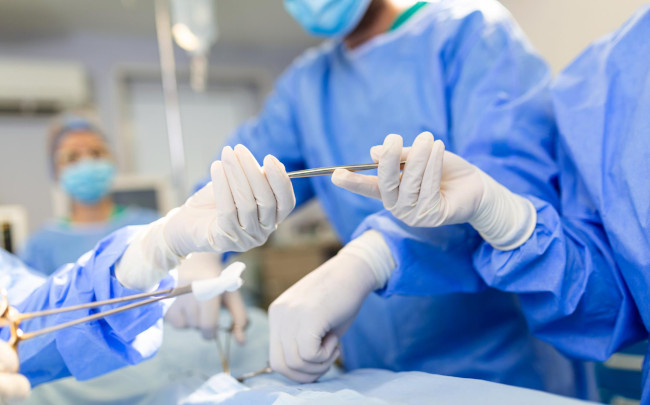
The most significant classification of fistulas, widely used in clinical practice, is based on how the pathology relates to the anal sphincter fibers. There are four main types of fistulas:
- Intersphincteric (located within the sphincter) – these arise as a result of inflammatory processes. These fistulas begin at the junction of the rectal mucosal epithelium and the anal skin, then progress through the internal fibers of the anal sphincter. Intersphincteric fistulas form an opening on the surface of the skin near the anus. This type accounts for 70% of anal fistula cases. Possible variants include: complete absence of an external outlet, a high fistula with no external opening, or an opening to the surface near the lower rectum or pelvic cavity.
- Transphincteric (passing through the entire sphincter) – these fistulas primarily appear after the spread of infection in the pararectal space. These fistulas originate within the rectal mucosa, pass through both layers of the anal sphincter, and terminate with an opening in the perineal skin. They occur in approximately a quarter of all cases. Variants include: high-lying fistulas with an external opening, and deep fistulas without an external opening. Suprasphincteric fistulas (located above the sphincter layer) are caused by suppuration in the upper perineal region. Beginning from the inner wall of the rectum, they cross the layer of the internal anal sphincter and pass above the muscle responsible for raising the anus. These fistulas then descend downward, forming an outlet in the perineal skin. This type of fistula accounts for approximately 5% of all anal fistulas. Rare variants occur, such as deep, closed fistulas or fistulas located above the junction between the rectum and anal canal. Extrasphincteric fistulas (those not involving the sphincter) are formed for various reasons: the entry of foreign objects into the rectum, perineal injuries, intestinal damage due to Crohn's disease, tumors, or the effects of radiation therapy. These fistulas begin in the skin of the perineum and ascend through the muscles surrounding the rectum, bypassing all layers of the anal sphincter and reaching the rectal mucosa. They account for only about 1% of all anal fistula cases.

An additional classification adopted by the American Medical Association subdivides fistulas into:
- Subcutaneous (the most superficial)
- Submuscular (passing partially both within and outside the muscular layer)
- Complex, recurrent (includes high transphincteric, supraphincteric, and extrasphincteric types, multiple fistulas, and recurring pathologies)
- Secondary fistulas (formed as a result of some medical procedures)
The above classification does not include subcutaneous fistulas, as they are not associated with inflammation of the anal glands, but occur, for example, due to cicatricial narrowing of the anal canal after healing of fissures or unsuccessful surgeries (such as hemorrhoid removal or sphincter dissection).
Treatment methods for rectal fistula
Rectal Fistula Removal Surgery
The surgeon decides how to remove a rectal fistula on an individual basis, based on the extent of the lesion. There are two main surgical options:
- The Gabriel method is used for intrasphincteric and transsphincteric fistulas. First, the fistula itself is removed, and if the muscle is damaged, the integrity of the sphincter is additionally restored.
- The Hippocratic technique is intended for external extramuscular forms of the pathology. With this approach, the damaged areas are completely excised, using a special suture for fixation.
The surgery is performed under various types of anesthesia: local, epidural, or general. The choice of anesthesia is made by an anesthesiologist, taking into account the patient's overall well-being and possible contraindications.
Laser Treatment of Anal Fistulas
Laser treatment has become a real boon for treating rectal fistulas. The laser carefully incises the skin over the fistula tract, destroying bacteria inside and clearing the passage. The laser then seals the wound, accelerating healing and preventing scarring. This procedure is performed with virtually no blood loss, and the patient experiences no pain. Another advantage of the laser approach is that general anesthesia is not required; local anesthesia is sufficient.
The procedure takes less than an hour, and you can go home immediately afterwards. After just a couple of weeks, the patient returns to normal life, forgetting about the procedure.
The advantages of laser are obvious:
- Minimal pain and trauma
- Fast recovery
- No scars or marks remain
- The risk of fistula recurrence after laser treatment is extremely low
Laser technology has made fistula treatment safe and comfortable.
Prices for anal fistula treatment
The K+31 Clinic (Moscow) offers high-quality treatment for rectal fistulas, the cost of which is calculated individually for each patient. The price is determined based on a number of factors:
- Surgical complexity: removing a simple single fistula is less expensive than treating a complex multi-chambered one.
- Treatment methods: the doctor selects the surgical technique individually, from simple procedures to high-tech techniques using modern instruments.
- Additional services: consultations with specialized specialists, laboratory tests, and additional examinations.
- Inpatient stay: if hospitalization is required, this affects the total bill.
- Medication use: Some medications can be expensive.
Schedule a consultation with the specialists at the K+31 Clinic, and they will explain the necessary procedures and treatment costs in detail during your appointment. Approximate prices for services are listed in the price list, which can be downloaded from the center's website.

Frequently Asked Questions
Can I exercise after surgery?
Is it true that a fistula interferes with normal bowel movements?
What are the possible consequences if the fistula is not removed?
Should I stay home after surgery?
Is it possible to forget about a fistula forever?
Bibliography
- Kaiser A.M. Colorectal Surgery. Moscow: Panfilov Publishing House, 2011. - 755 p.
- Aminev A.M. "Tutorial on Proctology", 2nd edition. - Moscow, Meditsina, 1977. - 206 p.
- Vorobyov G.I. Fundamentals of Coloproctology. - Moscow, 2006. - 432 p.
- Kapitanov A.S. Treatment of Rectal Fistulas / A.S. Kapitanov, T.V. Nartsissov, V.P. Brezhnev // Clinical Surgery. - 1991. - No. 2.

This award is given to clinics with the highest ratings according to user ratings, a large number of requests from this site, and in the absence of critical violations.

This award is given to clinics with the highest ratings according to user ratings. It means that the place is known, loved, and definitely worth visiting.

The ProDoctors portal collected 500 thousand reviews, compiled a rating of doctors based on them and awarded the best. We are proud that our doctors are among those awarded.
Make an appointment at a convenient time on the nearest date
Price
Other services

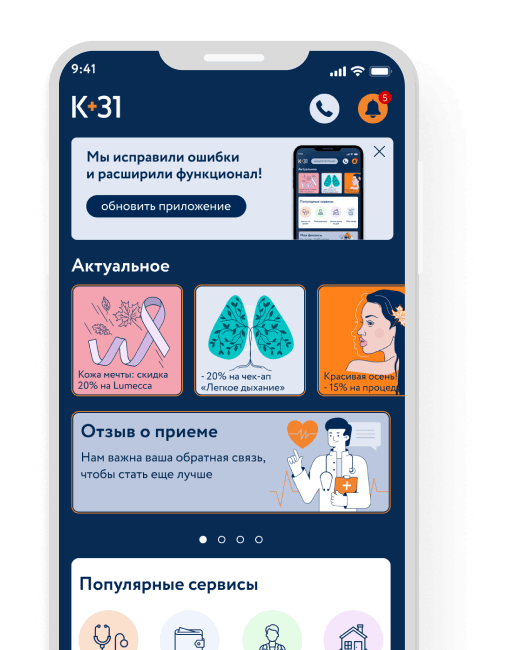





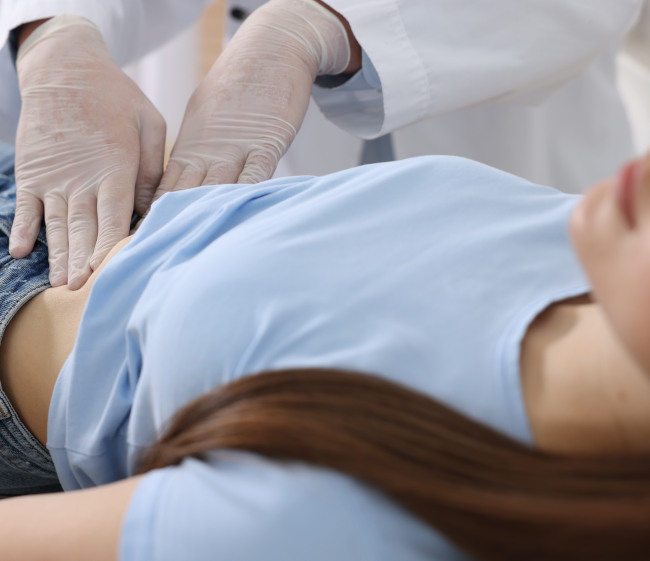


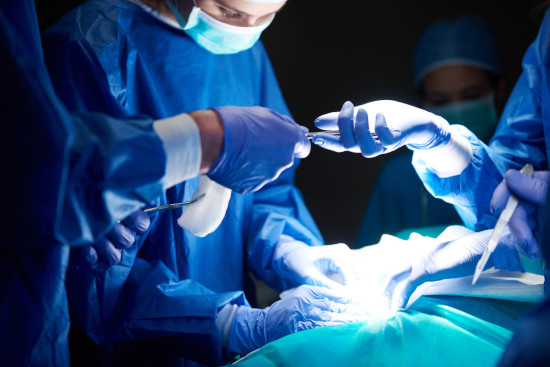


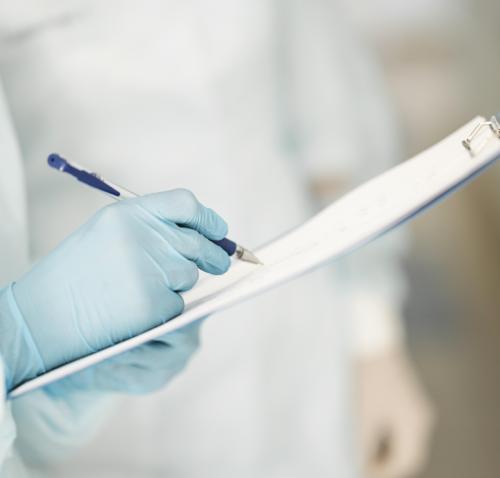




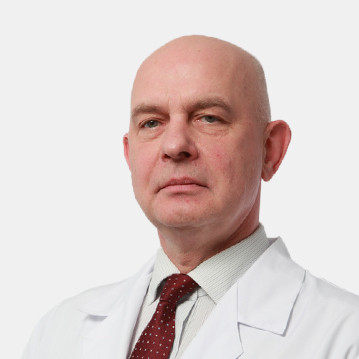





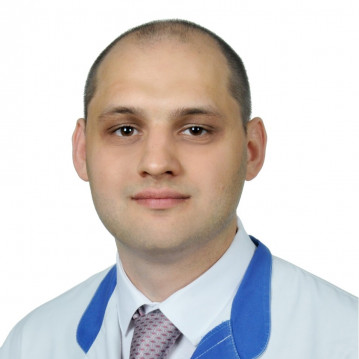




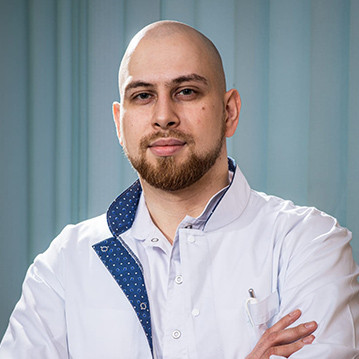



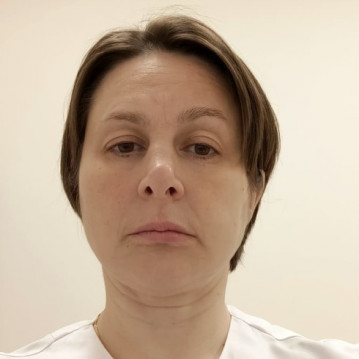
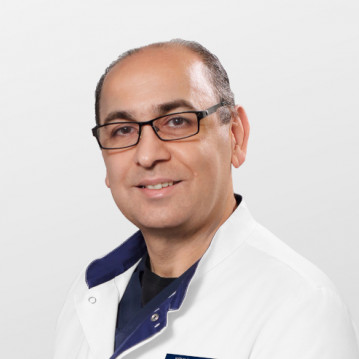










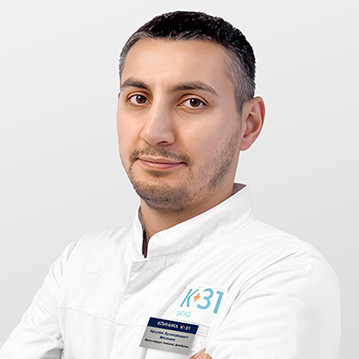
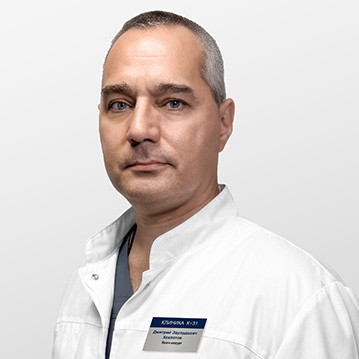
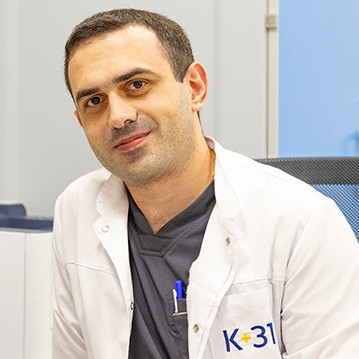
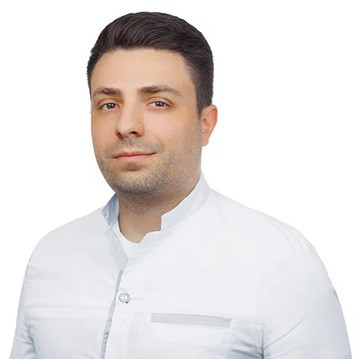
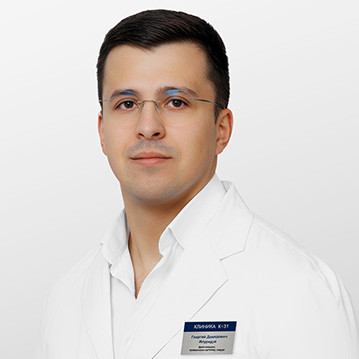
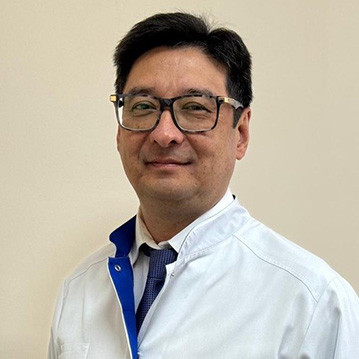


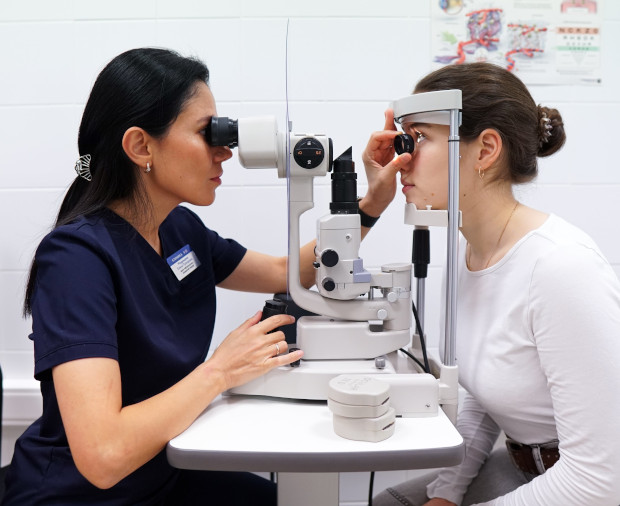




Definition of a rectal fistula
A pathological passage, called a fistula, is an abnormal tubular connection between an internal organ and the body's surface or another organ. A fistula in the rectum involves the presence of a special tunnel that connects its internal cavity to the skin of the perineum, gluteal region, or another part of the body, causing significant discomfort and impairing the patient's daily life.
This type of fistula can involve a significant area of the sphincter muscle, determining the severity of the disease and making gentle, minimally invasive techniques impossible. Therefore, a thorough assessment of the muscle tissue involvement and the development of a specific strategy, including careful removal of the fistula tract and subsequent reconstruction of the resulting defects using specialized plastic surgery, are essential for effective treatment.